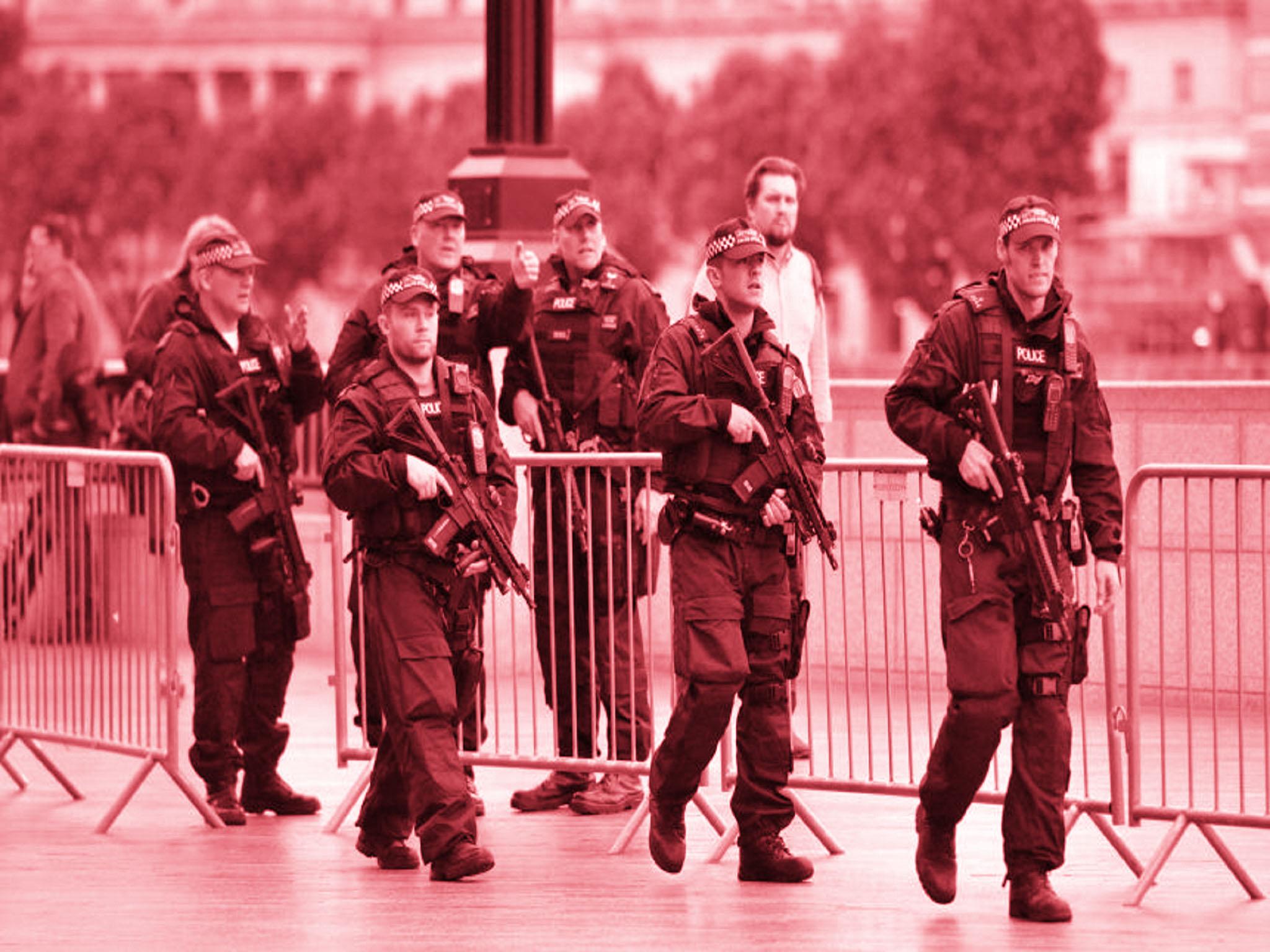Your support helps us to tell the story
From reproductive rights to climate change to Big Tech, The Independent is on the ground when the story is developing. Whether it's investigating the financials of Elon Musk's pro-Trump PAC or producing our latest documentary, 'The A Word', which shines a light on the American women fighting for reproductive rights, we know how important it is to parse out the facts from the messaging.
At such a critical moment in US history, we need reporters on the ground. Your donation allows us to keep sending journalists to speak to both sides of the story.
The Independent is trusted by Americans across the entire political spectrum. And unlike many other quality news outlets, we choose not to lock Americans out of our reporting and analysis with paywalls. We believe quality journalism should be available to everyone, paid for by those who can afford it.
Your support makes all the difference.On Friday morning Donald Trump implied that the UK is suffering some sort of terror-related crime wave.
In a tweet the US President wrote: “Just out report: ‘United Kingdom crime rises 13% annually amid spread of Radical Islamic terror’. Not good, we must keep America safe!”
Is UK crime up 13 per cent? Is it related to terror attacks? And are there lessons for America from this trend?
Is UK crime really up 13 per cent?
By one measure, yes, at least in England and Wales.
The Office for National Statistics reported on Thursday that the English and Welsh police reported 5.2 million offences in the year to June 2017, compared with 4.6 million in the year to June 2016 – a 13 per cent increase.
So there are other measures?
Yes.
The results of the latest Crime Survey for England and Wales (CSEW), also reported by the ONS this week, showed that there were 5.8 million crimes in the year to June 2017, compared with 6.4 million in the year to June 2016. That’s a 9 per cent fall.
Which measure is better?
The ONS says that the CSEW is superior for gauging long-term trends.
“Police figures cannot provide a good measure of all crime in society, since we know that a large volume of it never comes to their attention,” said John Flatley of the ONS.
“The recent increases in recorded crime need to be seen in the context of the overall decline in crime indicated by the Crime Survey for England and Wales. The survey remains our best guide to long-term trends for crime as experienced by the population in general.”
The ONS also points out the police figures are distorted by changes in police methods of recording crime and shifts in their operations. It was for such reasons that the police reported crime figures were stripped of their official “national statistics” status in 2014.
And what is the long-term trend?
Crime has been falling steadily since the mid-1990s, when it peaked at 19 million crimes in 1996 according to the CSEW.
But what about terrorism specifically?
The ONS does judge from the police figures that in the year to June 2017 there have been “genuine increases in crime – particularly in some of the low incidence but more harmful categories”.
However, this has not been driven by terror attacks.
There were 35 people killed in the London Bridge and Manchester Arena attacks earlier this year. That makes the year to June 2017 the worst for terror deaths since 2005 when 52 people were killed in the 7 July London transport bombings.
But the police recorded 664 homicides in the year to June in total, a 2 per cent fall on the previous year.
The figures for the year to June 2016 were also distorted by the recording of the deaths of 96 football fans at Hillsborough as manslaughter after the findings of an inquest jury last year. The fans died in 1989 but they were included in the year to June 2016 figures.
The ONS notes that if one strips out the Hillsborough victims and this year’s terror murders the number of homicides rose by 8 per cent between 2016 and 2017.
So including recent terror victims in the annual comparison arguably makes the opposite point than the one Trump is trying to make about the meaning of the overall crime figures.
And the lessons for America?
Trump has consistently sought to justify his policies such as his Muslim “travel ban” and curbs on refugees from Islamic countries on the grounds that they help keep Americans safer from terror attacks.
But analysis by the Cato Institute suggests the risk to an American of being killed in a terror attack on US soil committed by a foreigner is just 1 in 3.6 million per year. And the risk of being killed by a refugee in a terror attack is 1 in 3.64 billion a year.
That’s far lower than the risk of an American child being accidentally killed or injured by a firearm, which US gun laws make readily available.

Join our commenting forum
Join thought-provoking conversations, follow other Independent readers and see their replies
Comments